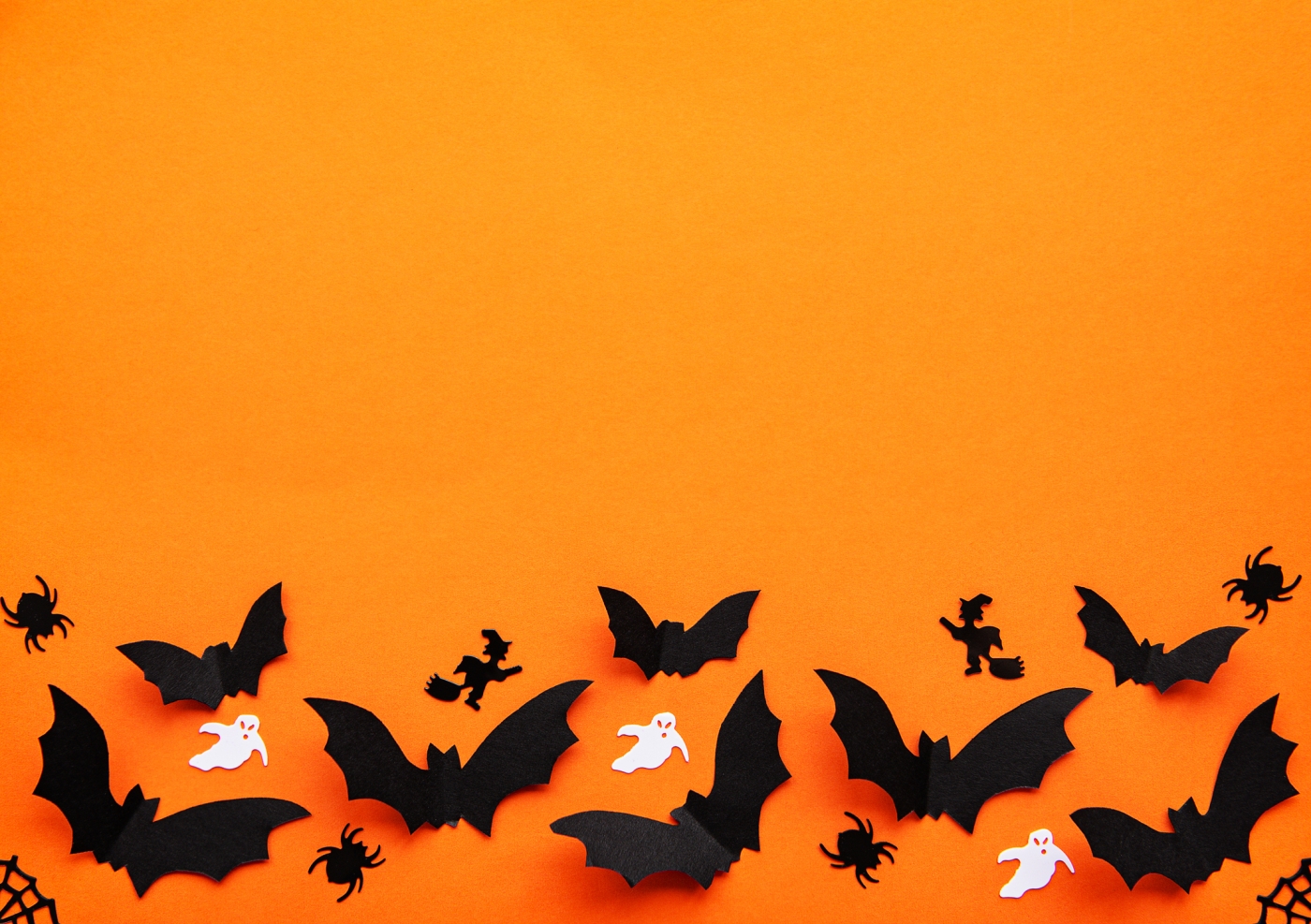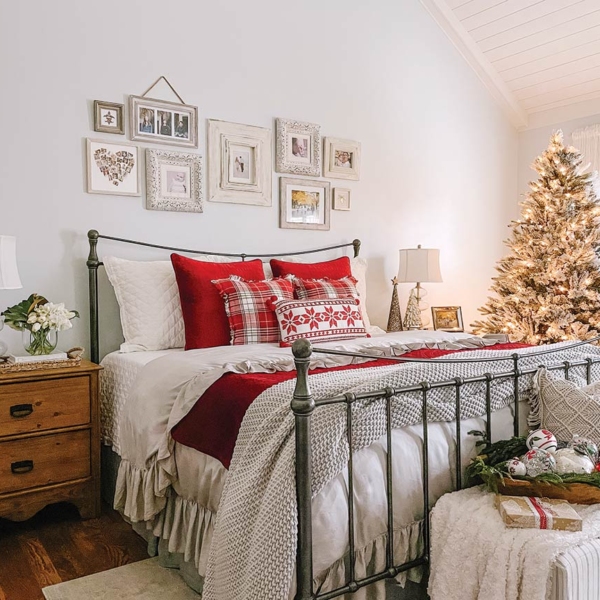Halloween colors carry a symbolic weight that captures the holiday’s bewitching essence. The Halloween season can be traced back to ancient traditions and folklore celebrating nature patterns.
While black and orange dominate Halloween, other hues have captivating aesthetics. The Halloween colors are often associated with the supernatural, the ethereal, and the macabre.
These colors capture depth, emotion, and a touch of magic in the Halloween landscape.
1. White

The color white often represents perfection, purity, and innocence. White supports the Halloween aesthetic by contrasting the dominant black and orange colors.
On Halloween, white is associated with ghosts, spirits, and other supernatural beings. It represents the otherworldly nature of ghosts and the haunting aspects of the holiday.
Halloween decorations featuring white include white candles, white cobwebs, and white pumpkins. These decorative elements represent haunted scenes and the spookiness of Halloween.
White is also used in skeletal decorations to represent the bleached bones of the dead. In ancient Celtic traditions, white animals were associated with magic and the supernatural.
2. Teal

Teal is linked to the Teal Pumpkin Project, a Halloween initiative for food allergy awareness. It indicates that non-food traits are available for trick-or-treaters. Teal represents empathy and consideration for children with food allergies.
It’s important for kids with food allergies who can’t enjoy traditional candy or treats. During Halloween, houses displaying a teal pumpkin suggest that they have non-food items to offer. Teal ribbons and lights also contrast the traditional black and orange colors.
3. Red

Red represents love, passion, and celebration. The color is also associated with danger and warning. The color is linked to horror, gore, and blood on Halloween. Red is the color of violence and the macabre elements of the holiday.
It mimics wounds and bloodstains, adding the aspect of terror and shock to Halloween imagery. In Halloween decorations, Red is used in red-colored candles, fake blood splatter, bloody handprints, and more.
Red-themed costumes are also used to represent vampires, demons, and other sinister characters.
4. Black

The color black often represents power and mystery. On Halloween, black is often linked to death, the supernatural, and the unknown. It symbolizes the occult, the ere, and the mystical details that make Halloween spine-chilling.
Black is the color of shadow and night, representing the mysterious nature of the night. It’s used in Halloween decorations to create the mysterious nature of the holiday. Black decorations can be found in witches’ hats, silhouette cutouts, bats, and black cats.
The color is often associated with characters such as ghosts, witches, and vampires. It creates menacing looks which evoke a sense of fear and foreboding.
5. Orange

Orange is the color of warmth, optimism, and confidence. It’s a primary Halloween color associated with autumn, harvest, and the changing colors of falling leaves.
Orange also represents bountiful harvest, warmth, vitality, and transition from summer to winter. On Halloween, the color evokes a sense of festivity and seasonal spirit, embodying the essence of the holiday.
Orange is often seen in pumpkin displays, as the bright hue captures the spirit of Halloween. Carved Jack-o’-lanterns with flickering orange lights are synonymous with the holiday.
6. Yellow

In color symbolism, yellow is a vibrant, luminous color representing happiness and intellectual energy. While not common in Halloween decorations, it’s associated with light, illumination, and warmth during the holiday.
Yellow represents the flickering glow of bonfires, lanterns, and candle flames during Halloween. It adds a sense of comfort and safety amidst the eerie element of the season.
7. Purple

Purple often represents mystery, royalty, and magic. On Halloween, purple is linked to the supernatural, spirituality, and fantasy. The color represents a realm beyond the ordinary, evoking a sense of intrigue and mystery.
On Halloween, purple can be found in costumes, accessories associated with witches, and props. It’s also common in lights, banners, and fabrics that enhance the eerie ambiance of haunted houses.


